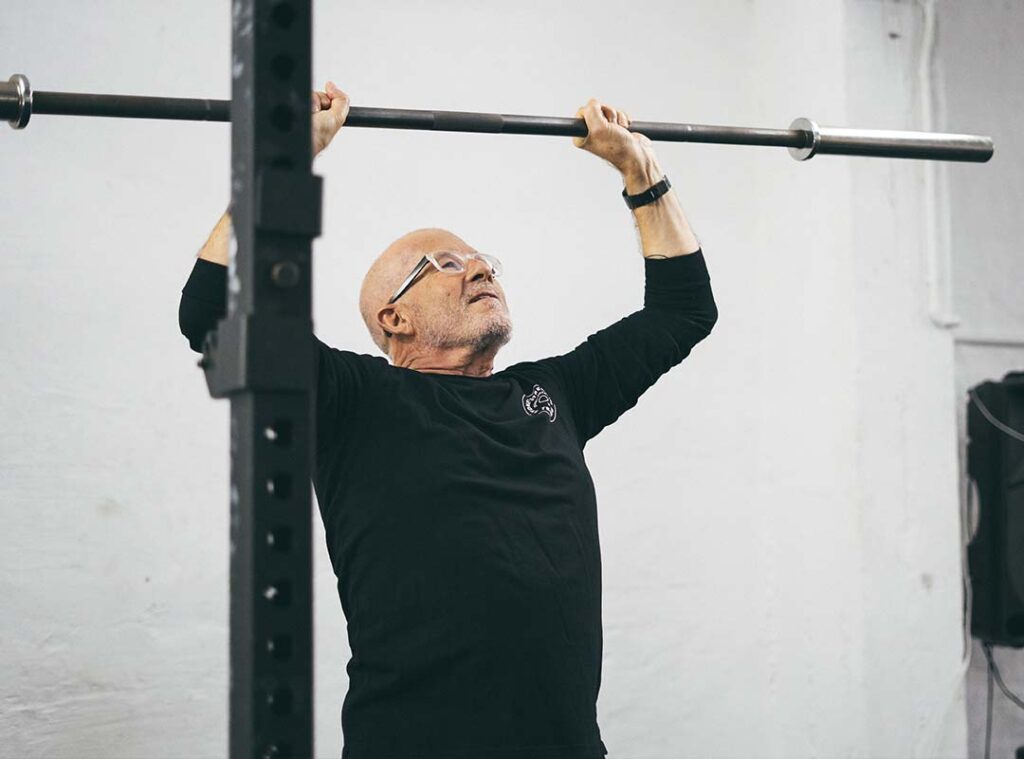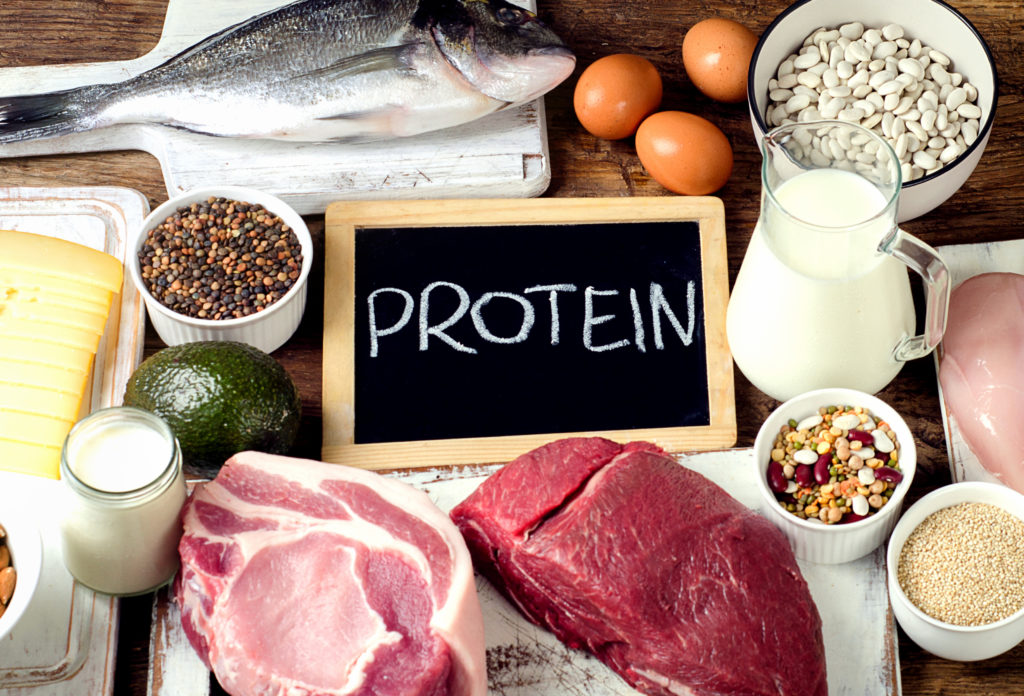“Education is important, but biceps are more importanter”, as the saying goes! Well today we’ll provide you an education not only in biceps, but why building muscle is important. When we talk about muscle, we are specifically referring to skeletal muscle. This is the contractile tissue that creates movement. You see, muscles have both an origin and insertion or simply put, where they begin and what they stick onto. Think of it this way – your biceps actually start at the scapula (your shoulder blade!) and travels down the length of your humerus (upper arm bone) until it inserts on the radius (one of your forearm bones). This determines the movement the biceps can create. You always pull the fist up towards the shoulder, never the other way due to biceps origin and insertion. The human body contains other types of muscle (like smooth and cardiac) but that’s not in the scope of today’s article. So, why is building muscle mass important? Well today we’ll provide our top three reasons: it improves your longevity, your quality of life and body composition. So, let’s get to lifting (some knowledge!)
Muscle and Longevity
It’s no secret that with age can come frailty. Risk of falls amongst the elderly are quite common, at a rate of 30 – 50%. These falls can have severe physical consequences, psychological trauma (“post-fall syndrome”) and socioeconomic consequences. It’s estimated that in the USA alone, costs relating to falls in people 65 years of over could reach 74 billion dollars (1). Being Stronger For Life means having the strength required to prevent the likelihood of, and damage from, falls. Furthermore, not only conditions like sarcopenia (essentially frailty), osteoporosis and obesity are also influenced by muscle mass. That is, the more muscle mass an individual has, the less likely they will suffer from, or be as heavily impacted by these conditions (2). We want you to not only live long, but to prosper too.
Muscle and Quality of Life
As discussed in the introduction, muscles allow us to move. Movement is initiated by the nervous system however and the ability to produce force in untrained populations declines with age. This is not only due to the loss of muscle mass (well, reduction in size) but additionally, neurogenic factors like motor unit function decline (3). Put simply, our body struggles to coordinate action as well as it once did. Thankfully, trained populations retain this function far better (p.287, 4). Practically what this means is the ability to have more meaningful participation in either everyday tasks, or hobbies such as sports, gardening, playing music and more. Although preventing muscle wasting with age is important, we believe that being able to participate in activities meaningful to you is critical to quality of life. This has implications for mental and social health.
Body Composition
We’ve already touched on how muscle mass can influence obesity but let’s spend a bit more time on body composition in general. Body composition refers to your ratio of fat free mass to body fat. Fat free mass is the combined weight of your body’s water, organs, bone, and muscle content. Many individuals look to start exercising to lose some body fat and increase muscle “tone”. One quick aside, “tone” in the conventional sense isn’t really a thing. It more specifically refers to the body’s ability to respond to stretching forces placed upon the skeleton. Conventionally however, what people are really saying is that they’d like to increase their muscle mass and reduce fat mass. The body responds to Resistance Training by increasing the size of existing muscle fibres. They increase in “cross-sectional area”. We don’t actually gain “new muscles”. The interplay of resistance training and increased protein intake will likely positively impact the ratio of fat free mass to body fat (5). If you’re looking to well, look better, building muscle and the associated nutritional changes required to support that goal is likely the answer.
Go forth and build!
By now you should be pretty well convinced that building muscle is important. So, what’s next? We recommend that people engage with Progressive Resistance Training at least twice weekly. A well-designed program, alongside the appropriate nutritional support well help people improve their strength and physique no matter their age, sex or starting point. If you’re unsure where to start however, our team at Sydney Strength Training will know exactly what to do. You can get in touch with us here.
References:
- Falls in Older Adults are Serious – PMC (nih.gov)
- The underappreciated role of muscle in health and disease – ScienceDirect
- The aging neuromuscular system and motor performance | Journal of Applied Physiology
- Zatsiorsky, V. M., Kraemer, W. J., & Fry, A. C. (2020). Science and practice of strength training (3rd ed., p. 287). Human Kinetics Publishers.
- International Society of Sports Nutrition Position Stand: protein and exercise – PMC (nih.gov)

